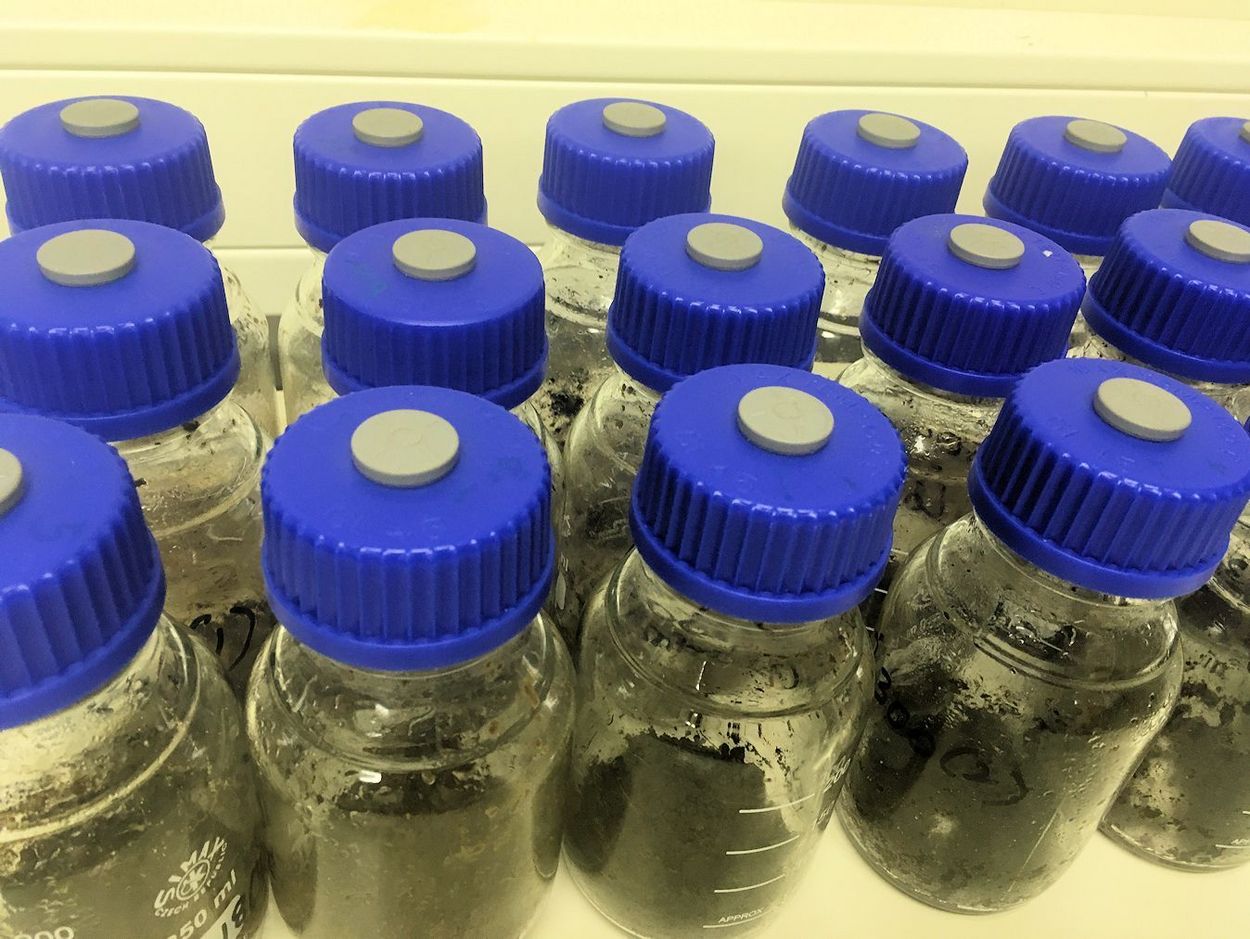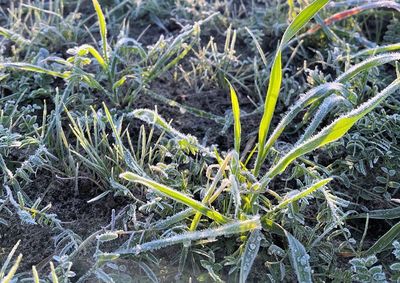One study is a 2-year incubation of Miscanthus roots with very different C:N ratios, which also had a clear effect on the decomposition of native soil organic matter. The less N in the biomass, the more the addition of biomass stimulated the mineralization of old carbon. The energy from the biomass is used to access more N-rich compounds in the soil. Thus, at least in the C:N range considered (50-124), a narrow C:N ratio was most positive for soil carbon accrual. The wide C:N ratio in biomass could not be compensated even by additional N inputs, which might suggest that the observed dynamics are relatedto more than just chasing N. Indeed, the overall chemical composition of the root biomasses also varied greatly. In any case, it is clear that the quality of C inputs controls not only their own decomposition, but also the mineralization of old carbon.
Poeplau, C., Begill, N., Liang, Z. et al.: Root litter quality drives the dynamic of native mineral-associated organic carbon in a temperate agricultural soil. Plant Soil (2023). https://doi.org/10.1007/s11104-023-06127-y

![[Translate to English:] [Translate to English:]](/media/_processed_/6/4/csm_titel_CO2Kampagne8_afeea2273e.png)
![[Translate to English:] [Translate to English:]](/media/_processed_/4/1/csm_titel_93px_CO2Kampagne8_9b0f3354d4.png)







